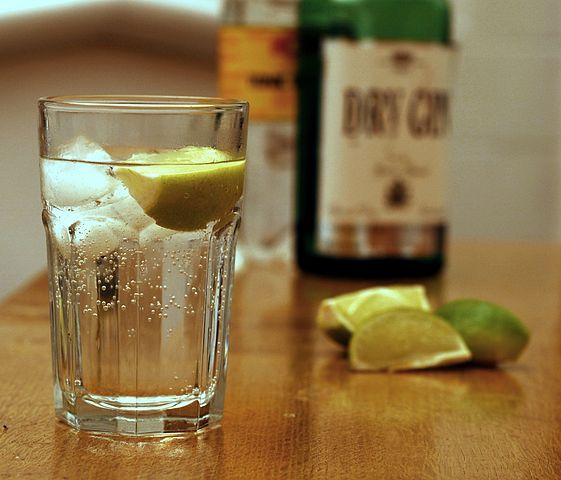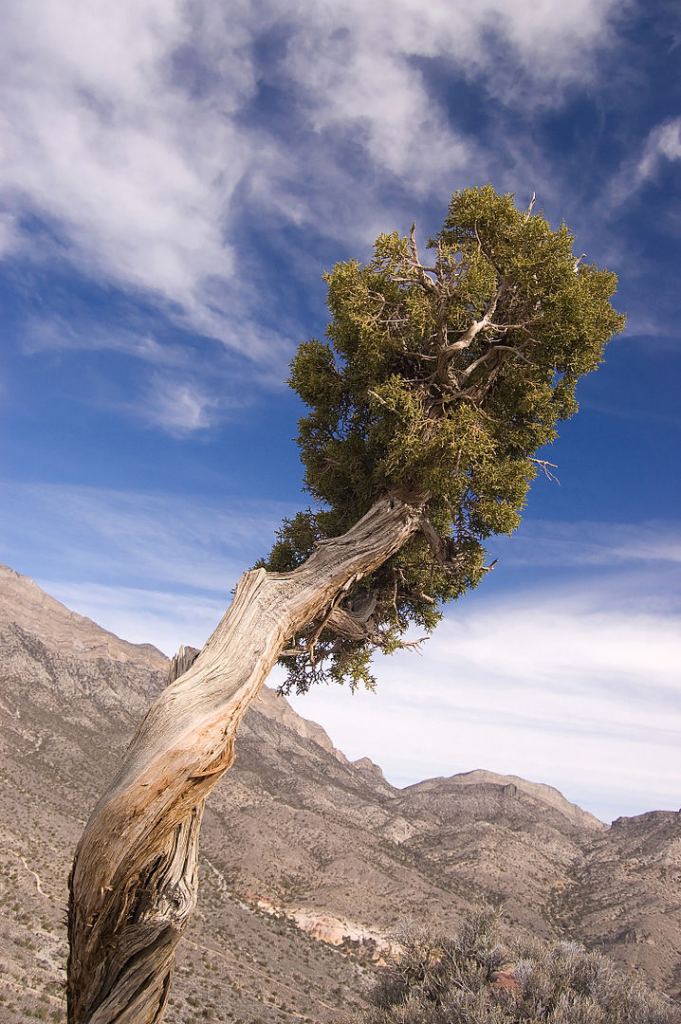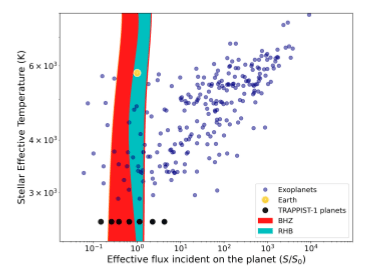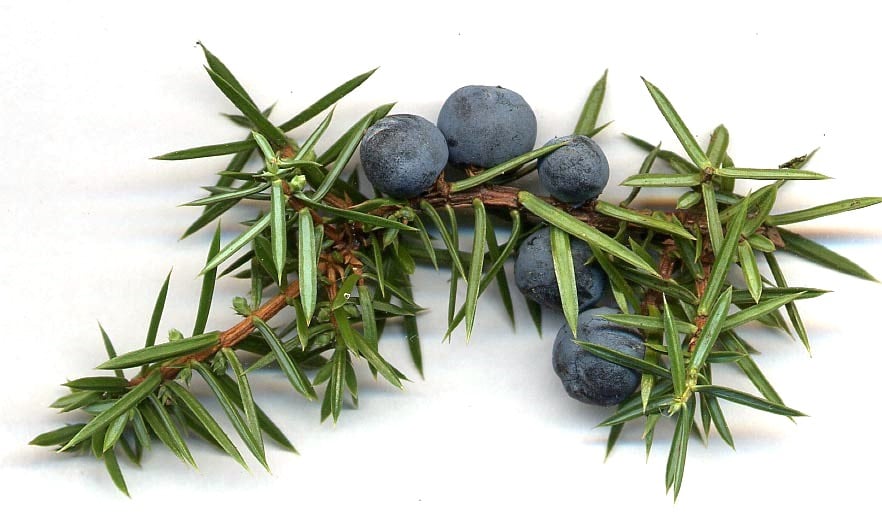A hospitable star that doesn't kill you with deadly flares. A rocky planet with liquid water and an agreeable climate. Absence of apocalyptic asteroid storms. No pantheon of angry, vengeful, and capricious gods. These are the things that define a habitable planet.
Now some scientists are adding one more criterion to the list: gin and tonic.
Exoplanets are a hot topic in space science right now. We know of about 4,000 confirmed exoplanets, with many more on the way. We've come a long way from a few decades ago, when as far as we knew, our Solar System was the only one with a habitable world. What else were we supposed to think?
The Kepler mission changed all that. Our knowledge of exoplanets grew in leaps and bounds, and along with the discovery of all those distant planets, we began to refine our criteria for what a habitable world might look like.
Water, safety from stellar radiation, and an agreeable climate were just the beginning. It's time to refine our understanding of habitable, and to start to add some other essentials with the list. According to one team of researchers, it's time to introduce the concept of the Really Habitable Zone (RHZ.)
"In common with much of the work in the field, we rely throughout on assumptions which are difficult if not impossible to test and present some plots which astronomers can use in their own talks, stripped of all caveats." From "Defining the Really Habitable Zone."
For these authors, an exoplanet is only in the RHZ if it can provide gin and tonic. Once a planet can provide that, it moves from Habitable to Really Habitable. Maybe a planet without gin and tonic isn't really habitable at all; maybe it's more of place where we'd like to send people we don't like.
The new paper is titled " Defining the Really Habitable Zone." The lead author of the paper is Marven F Pedbost.
So far, the science of the RHZ is unproven. But that's not deterring these intrepid researchers. As they say in the introduction: "In common with much of the work in the field, we rely throughout on assumptions which are difficult if not impossible to test and present some plots which astronomers can use in their own talks, stripped of all caveats."
There's some background to the idea of the RHZ. "The inquiry into the existence of life, however, is an extremely complex topic involving numerous convoluted considerations, making it an ideal theme for telescope and grant funding applications, but a less practical question to answer. Instead, the community has formed a hand-shake agreement to instead investigate the more loosely defined question of habitable zones."
Universe Today readers are familiar with the idea of a habitable zone. It basically means liquid water. All other considerations aside, we know that all life on Earth needs liquid water, so we search for other worlds that have it. If a planet, or a moon, has liquid water, we say it's in the habitable zone, or, more cautiously, the potentially habitable zone.
A whole bunch of other conditions have to be met before life can exist. But like the authors say, it's very convoluted. So why not just ignore it and jump ahead to the Really Habitable Zone, where abundant gin and tonics are waiting for us to arrive and drink them?
What do you need to make a gin and tonic? According to the authors of the paper, we need several things.
"To proceed, we define the Minimum Acceptable Gin and tonIC, or MAGIC (Cook 2019) 3. A MAGIC must contain: gin, tonic, ice and some sort of citrus."
Gin aficionados know that it's flavoured with 'botanicals' which is nowhere defined clearly.
"Everything is a metal, apart from Hydrogen and Helium, and everything is a botanical apart from water and alcohol." from "Defining the Really Habitable Zone."
"Gin, in essence, is alcohol which has been flavoured with a wide variety of 'botanical' species," write the authors. "A precise definition of 'botanical' is lacking, so we assume it is the equivalent of a astronomer's use of 'metal' - including almost everything in the Universe apart from a few common ingredients. Everything is a metal, apart from Hydrogen and Helium, and everything is a botanical apart from water and alcohol."
Now we're getting somewhere.
Spectroscopic analysis shows that gin contains juniper as a primary botanical. Juniper grows in a variety of conditions on Earth. But how hardy and widespread is exo-juniper? According to the authors, "... we should expect exo-juniper to exist on a wide range of planets." Sounds good!
What about citrus?
Citrus isn't quite as hardy as juniper, so exo-citrus worlds may be rarer than exo-juniper worlds. From the paper: "In contrast to juniper-related considerations, the region around a star where the conditions are adequate for the growing of lemons or limes, fundamental ingredients required for the gin and tonic drink, is sensitive to a number of factors. These necessary citrus fruits thrive in temperatures ranging from 21 to 38? C (botanist, priv. comm.) and require a steady supply of H2O, hereafter water."
The paper contains much more detail of course, so we encourage interested readers to read it closely. We also encourage readers to read the team's other important paper, " Galaxy Zoo: an unusual new class of galaxy cluster." That paper contains the same level of scientific rigor and ground-breaking analysis.
This is just the beginning of the scientific reckoning with the RHZ. Other papers are bound to follow.
For now, the last word belongs to the authors: "We suggest that efforts should be directed in the near future towards investigating only those planets whose orbits lie within the RHZ, and made unverified claims about the possibility of detecting relevant features. We're off for a drink."
More:
- Research Paper: Defining the Really Habitable Zone
- Wikipedia: Juniper
- Research by the Same Author: Galaxy Zoo: an unusual new class of galaxy cluster
 Universe Today
Universe Today





